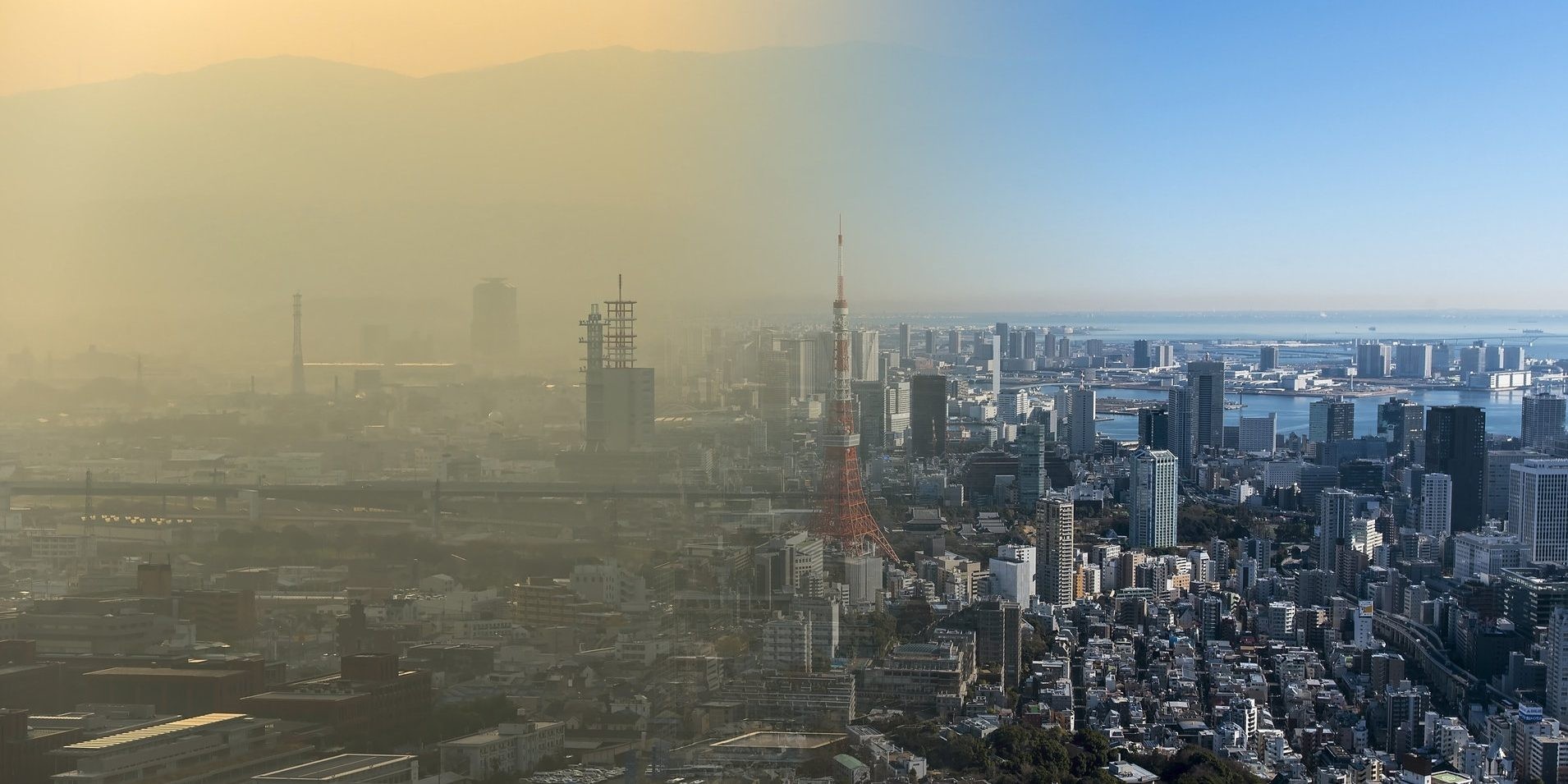Air Quality Data and the Pandemic

To have clearer skies over our cities is a long time aspiration of environmental groups and conscious citizens around the world. The disruption in polluting activities during the recent COVID-19 lockdown has given us hope for a world with improved air quality. In order to understand the current status and future trends of air pollution, Columbia Global Centers | Mumbai, in partnership with the Global Centers in Beijing and Nairobi, organized a network webinar, ‘Clean Skies Over Our Cities: Lessons from the Covid-19 Lockdown’ on October 20, 2020.
The webinar opened with Columbia University’s faculty panelists commenting on the status of air pollution in the cities where their research is focused and on the availability of data. V. Faye McNeill, Professor of Chemical Engineering, focused on the Indian context, where data monitoring points have been multiplying in India between 2016 and 2019. Daniel Westervelt, Associate Research Scientist at Lamont-Doherty Earth Observatory, who focuses on Africa, spoke of the big data gaps in Kenyan pollution monitoring and of the work his team is doing to address these. He introduced Clean Air Tool Box for Cities, a toolkit being used by Columbia scientists to monitor and address air pollution across select cities. Citing the case of China, Arlene M. Fiore, Professor in Columbia’s Department of Earth and Environmental Sciences, showcased systems used by the country to monitor ambient air quality, records of which are also made public to the research community for their research and analysis. The increased data investments and awareness levels had spurred action against air pollution such that China’s sulphur dioxide (SO2) levels, which get converted as particulate matter through atmospheric chemistry, have reduced to a quarter while they have doubled in India between 2005 and 2016.
The three scientists also shed light on pollution levels during the COVID-19 lockdown, broadly agreeing that the pandemic has helped in bringing down emissions but cautioning that this may prove to be a short term gain as economies are now gearing to fast-track activities and return to business as usual. Using Government of India data, Professor McNeill showed how the PM 2.5 particulate matter was found to have declined in the range of 15% to 61% in multiple Indian cities between March 2020 and May 2020 due to the lockdown. But she warned that if the cases of China and USA are indicative, environmental restrictions that were relaxed in several countries have not been restored even after the lockdown has been lifted. Professor Fiore pointed to the data problem and presented some maps comparing the air pollutant levels before and during the lockdown period, but called for stronger synergies between the data generated from the ground and that being captured by satellites for making a concrete analysis.
The webinar underscored the importance of awareness-building, monitoring, and arresting air pollution levels. The panelists agreed that action is required at all stakeholder levels, and that preliminary findings need to be shared for governments to be brought on board.